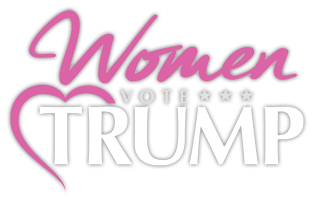Our elections are at risk because of bad technology.
By Jason Smith
When Dorothy discovers fraud in the land of Oz, she is told by the Wizard, “Don’t look behind the curtain.” But she does. In America, we demand truth and accountability in so many aspects of our daily lives, and yet somehow there’s little public outcry for transparency within voting, the sacred cornerstone of our democracy. For the most part, we sleep soundly under the blanket of assurances from government officials. FBI Director James Comey even attempted a spin of irony recently, noting that our “clunky” voting process actually makes wholesale rigging more difficult. However, Comey misses the bigger picture.
U.S. elections offer scant assurance of accuracy or security, and our nation would fail recognized international election criteria that we impose on emerging democracies. This November, millions of Americans will cast their ballots on unverifiable paperless voting computers. These machines incorporate flawed, buggy software that would not pass a college freshman computer science class.
Hardly anyone uses the same computer from 12 years ago, yet large sections of the country currently vote on aging electronic systems which utilize proprietary software that cannot be publicly examined. Unverifiable technology remains deployed in 29 states – including Pennsylvania, Ohio, Florida – and other key battleground states, which may determine our next president. Races in these areas are not evidence based, and consequently, we cannot be certain ballots reflect voter intent. Bereft of such knowledge, how can we put faith in the legitimacy of our government?
Two simple solutions would dramatically improve American elections: paper ballots and meaningful post election audits.
Jurisdiction over elections gets complicated quickly – by tradition, states run elections, but Congress has authority over federal races. Consequently, national standards for technology often filter across to state and local races. And for those who balk at federal intervention, state mandates for paper ballots and audits provide another viable path.
Concerns of rigged elections tend to focus on the presidency. Yet the outcomes of municipal and state races often play a greater role in our lives than who is in the White House, and we generally use the same exact systems for all elections. Everyone loves to talk about Pennsylvania, but we don’t look behind “the curtain” to see that at least half of the Keystone State’s counties use completely digital voting up and down the ballot. There is no verifiable paper trail whatsoever for these races.
The greatest doubt of all looms large in the rise of internet voting. Currently, 32 states incorporate some form of internet voting, mainly to service military and overseas voters. Two states, Alaska and Washington, allow anyone to vote online, creating a potential camel’s nose under the tent. Once the nose gets in, get ready for the whole camel.
If we can bank and buy things online, what’s wrong with voting online? Essentially, the obstacle rests with meeting the requirement for anonymity. Were fraud to occur in an online financial transaction, the transaction can be reversed. Elections require severing any connection of voter identity to voter intent. A successful hack on the internet or a digital voting computer would leave no trace of malfeasance. Plus, we must remember that even with state of the art security, banks and companies write off billions every year due to online fraud. Can we afford to write off our votes?
Leading computer science experts who study these issues have been ringing alarm bells for years, J. Alex Halderman a computer science professor at the University of Michigan once hacked an open test of Washington D.C.’s online voting system by leaving a unique calling card. Anytime someone cast a vote, the online system would play Michigan’s fight song.
Continue reading, US News.


